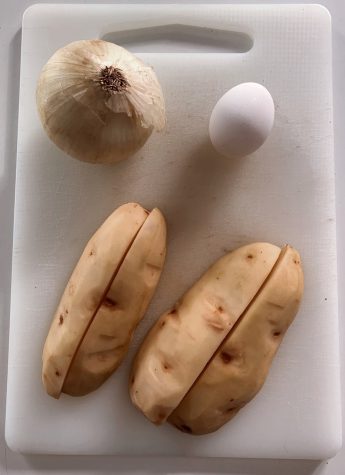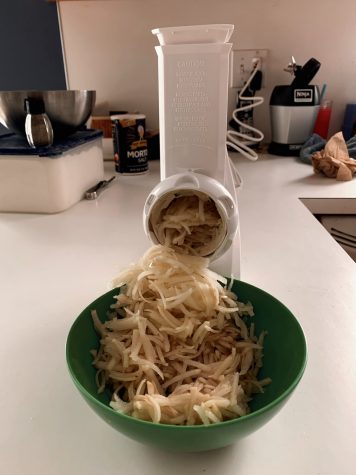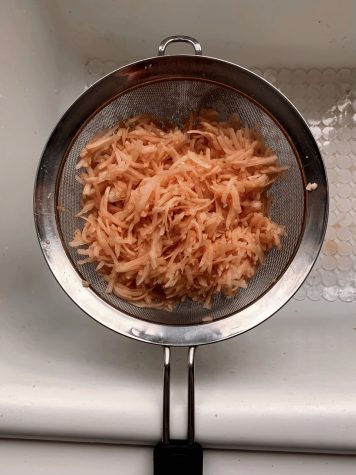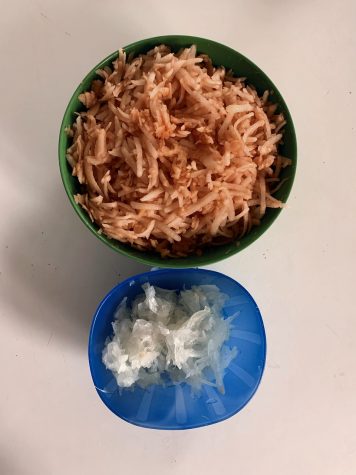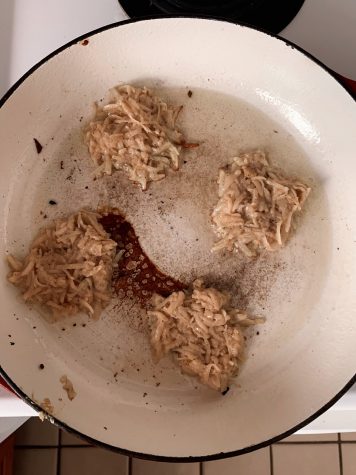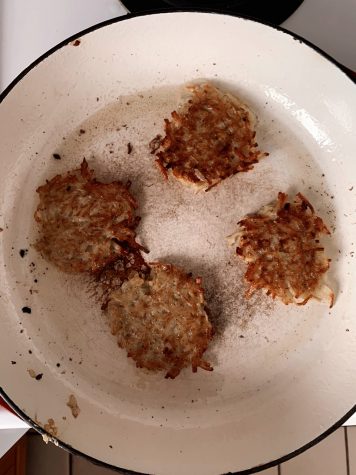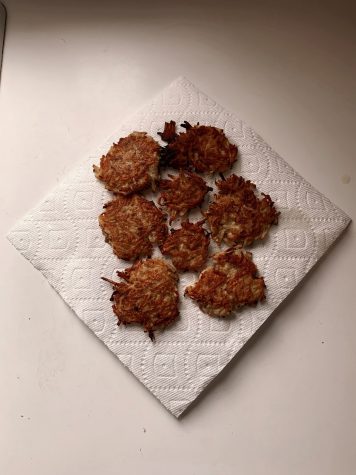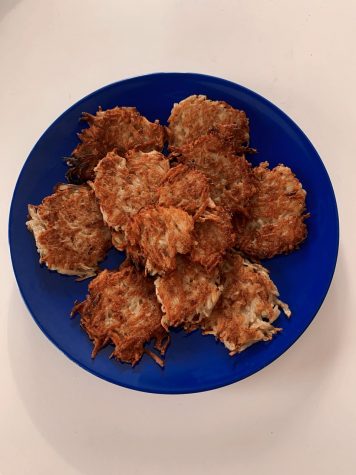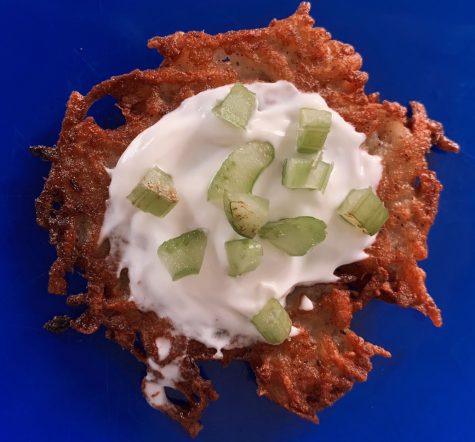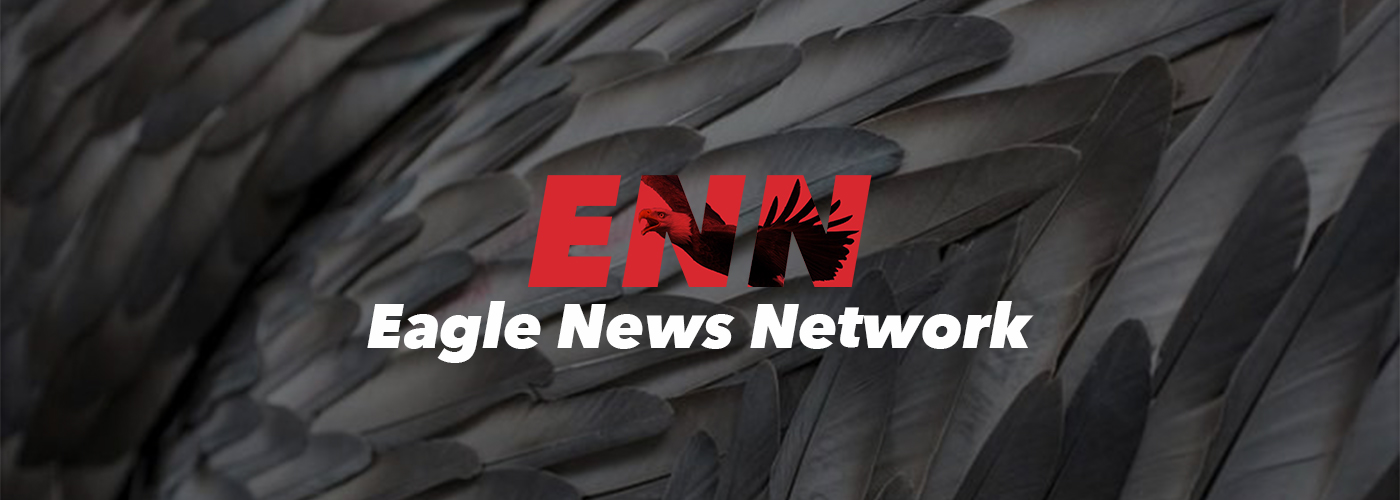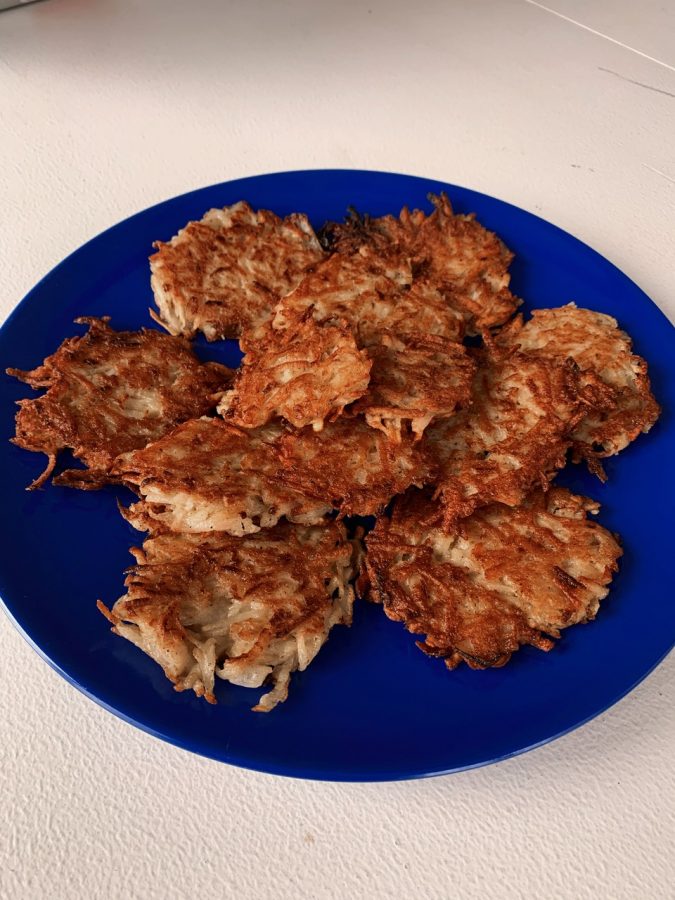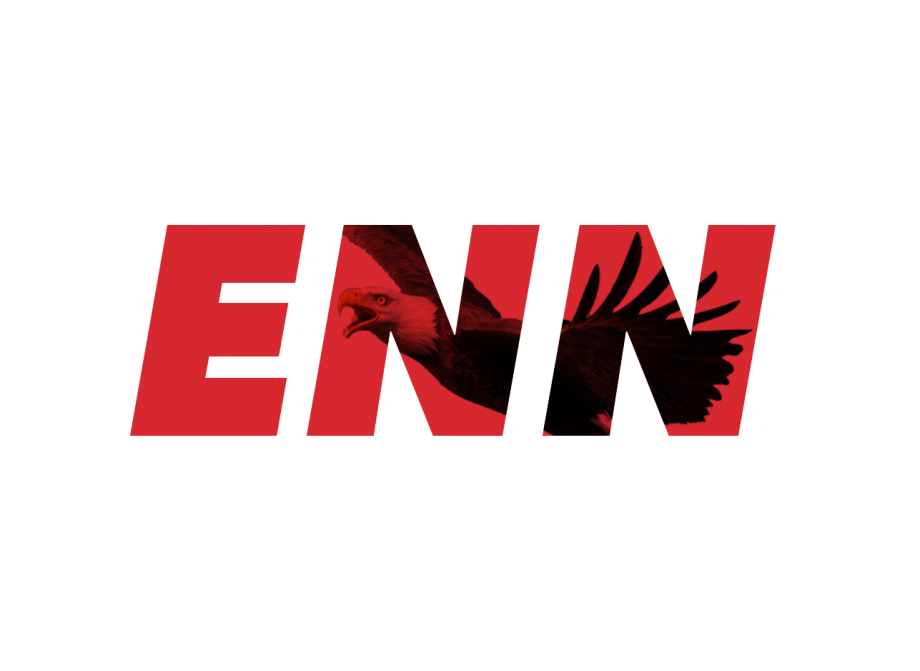Festive Foods–Hanukkah
April 14, 2020
Winter break has yet to start, but freshman Maya Bond is already in the holiday spirit, or the Hanukkah spirit as the case may be. After school, she’ll be waiting for a friend to arrive to continue their annual tradition of baking sufganiyot, a sweet fried pastry. Once dinner is over, chocolate coins will pass from hand to hand as the Bond siblings play dreidel. Towards the evening’s end, the first candle on the menorah will be lit. Hanukkah will have begun!
Many gentiles, or non-Jews, recognize Hanukkah’s customary symbols such as the menorah, dreidel and chocolate coins. But what do those items, and the holiday itself, mean for those who celebrate it?
Hanukkah, or Chanukah as it is customarily called, is an eight-day Jewish festival celebrating the Jewish people’s triumph over the Greeks in their fight for the Holy Temple in Jerusalem.
Bond’s Hanukkah celebration includes lighting a candle on the menorah for eight nights to signify the miracle of the oil lasting in ancient times, as well as spending quality time with family.
“We all get together and play games, cook and eat meals together,” said Bond. “It means more to me now, because now I have a friend who’s also Jewish and we make sufganiyot, which are jelly donuts. That’s been a tradition for the past two years.”
Sufganiyot aren’t the only yummy dish found in Jewish households during the eight-day festival. “My favorite Hanukkah food is latkes,” said Bond. “Latkes are shredded potato pancakes, and you fry them in oil. I like to eat them with applesauce or sour cream on top, but they taste like french fries in pancake form!”
This oil-fried food serves as a call-back to the oil that burned for eight days in the Holy Temple without needing to be replaced. In today’s busy world, making latkes and other foods during Hanukkah helps bring families together.
“[Latkes] just feel like Hanukkah to me,” said Bond. “You can have something every day, and it won’t have the same meaning as it would if you have it for a week once a year.”
Making latkes is a time-consuming effort, but once you taste the final product, the long minutes of standing over boiling oil are worth it. Crispy on the outside and soft on the inside, latkes are wonderful to eat as a snack, appetizer or meal. Topped with applesauce or sourcream, you won’t be able to get enough of these savory potato cakes.
Now it’s your turn! Make some latkes for yourself or better yet, spread the love and share with family and friends.
Recipe: Potato Latkes
1 large baking potato (1 pound), peeled
1 small onion (4 ounces), peeled
1/4 cup all-purpose flour
1 tablespoon matzo meal
1 large egg, lightly beaten
1 teaspoon salt
1/2 teaspoon freshly ground pepper
Peanut oil, for frying
In a food processor or on a box grater, coarsely shred the potato and onion. Transfer to a colander and squeeze dry. Let stand for 2 minutes, then squeeze dry again. Transfer the potato mixture to a large bowl. Add the flour, matzo meal, egg, salt and pepper and stir to combine.
In a medium skillet, heat 2 tablespoons of peanut oil until shimmering. Drop packed teaspoons of the potato mixture into the skillet and flatten them with the back of a spoon. Cook the latkes over moderately high heat until the edges are golden, about 1 1/2 minutes; flip and cook until golden on the bottom, about 1 minute. Drain on paper towels. Repeat with the remaining potato mixture, adding more oil to the skillet as needed.
Recipe: Strawberry Sufganiyot
Dough
- 1 1/4-oz. envelope active dry yeast (about 2 1/4 tsp.)
- 3-4 cups all-purpose flour, divided, plus more for surface
- 1 tablespoon plus ¼ cup sugar
- 2 large egg yolks
- 1 large egg
- 1/2 cup warm whole milk
- 1/2 teaspoon finely grated orange zest
- 2 tablespoons fresh orange juice
- 1 tablespoon brandy (optional)
- 1 teaspoon kosher salt
- 1/2 teaspoon vanilla extract
- 6 tablespoons (3/4 stick) unsalted butter, room temperature, cut into pieces, plus more
Frying and assembly
- Vegetable oil (for frying; about 8 cups)
- 1 1/2 cups strawberry jam
- Powdered sugar (for dusting)
Special equipment
- A deep-fry thermometer
- Piping bag, and 1/4″ round tip
- 2 1/2″-diameter biscuit or cookie cutter
